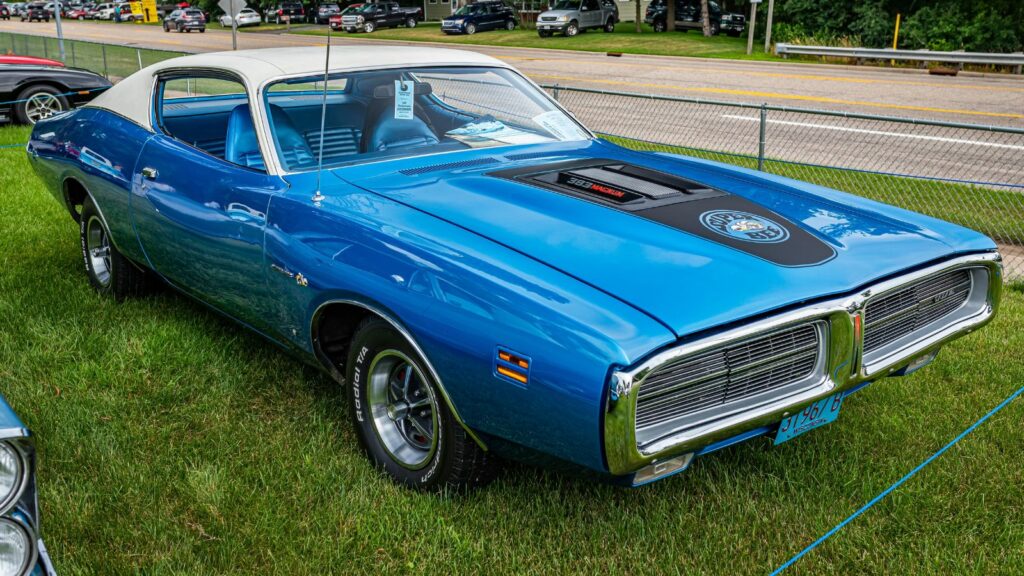The 1970s gave us some of the most outrageous muscle cars ever to leave Detroit. Big blocks, loud pipes, and styling that screamed horsepower defined the era. But while these cars were kings of the street back then, most drivers today would find them wild, unpredictable, and even intimidating. Forget stability control, ABS, or modern traction systems—these were machines that demanded respect. Here are 15 muscle cars from the 70s that would leave many modern drivers white-knuckled.
1970 Plymouth Hemi ‘Cuda

The Hemi ‘Cuda remains one of the most legendary Mopars ever built. Under the hood sat the brutal 426 Hemi V8, rated at 425 horsepower but in reality closer to 500. Drop the clutch and the rear tires would turn to smoke instantly, with little chance of reeling it back in if things got sideways. The steering was heavy, the brakes were marginal, and the ride was punishing. Compared to a modern Challenger Hellcat with launch control, the Hemi ‘Cuda was like trying to wrestle a bear in a phone booth. Back in the day, only experienced drivers kept them out of ditches.
1970 Chevrolet Chevelle SS 454 LS6

This car was Detroit’s nuclear option in the horsepower wars. The LS6 454 produced a factory-rated 450 horsepower and over 500 lb-ft of torque. In practice, it was a tire-melting monster that could embarrass almost anything in a straight line. But it was nose-heavy, with handling best described as “point it straight and pray.” Modern drivers expecting Camaro-like precision would be shocked at how quickly the Chevelle could get away from them. It was raw, violent, and not for the faint of heart.
1971 Dodge Charger R/T 440 Six Pack

The Charger R/T with its 440 Six Pack was a dragstrip terror but a challenge everywhere else. Triple carburetors meant brutal throttle response, and the car’s sheer weight didn’t help in the corners. The steering had a truck-like feel, and brakes faded quickly under pressure. Drivers used to today’s Chargers—with big Brembo brakes and computers smoothing out mistakes—would be stunned at how primitive this beast felt. It was a car that rewarded guts more than finesse.
1970 Buick GSX Stage 1
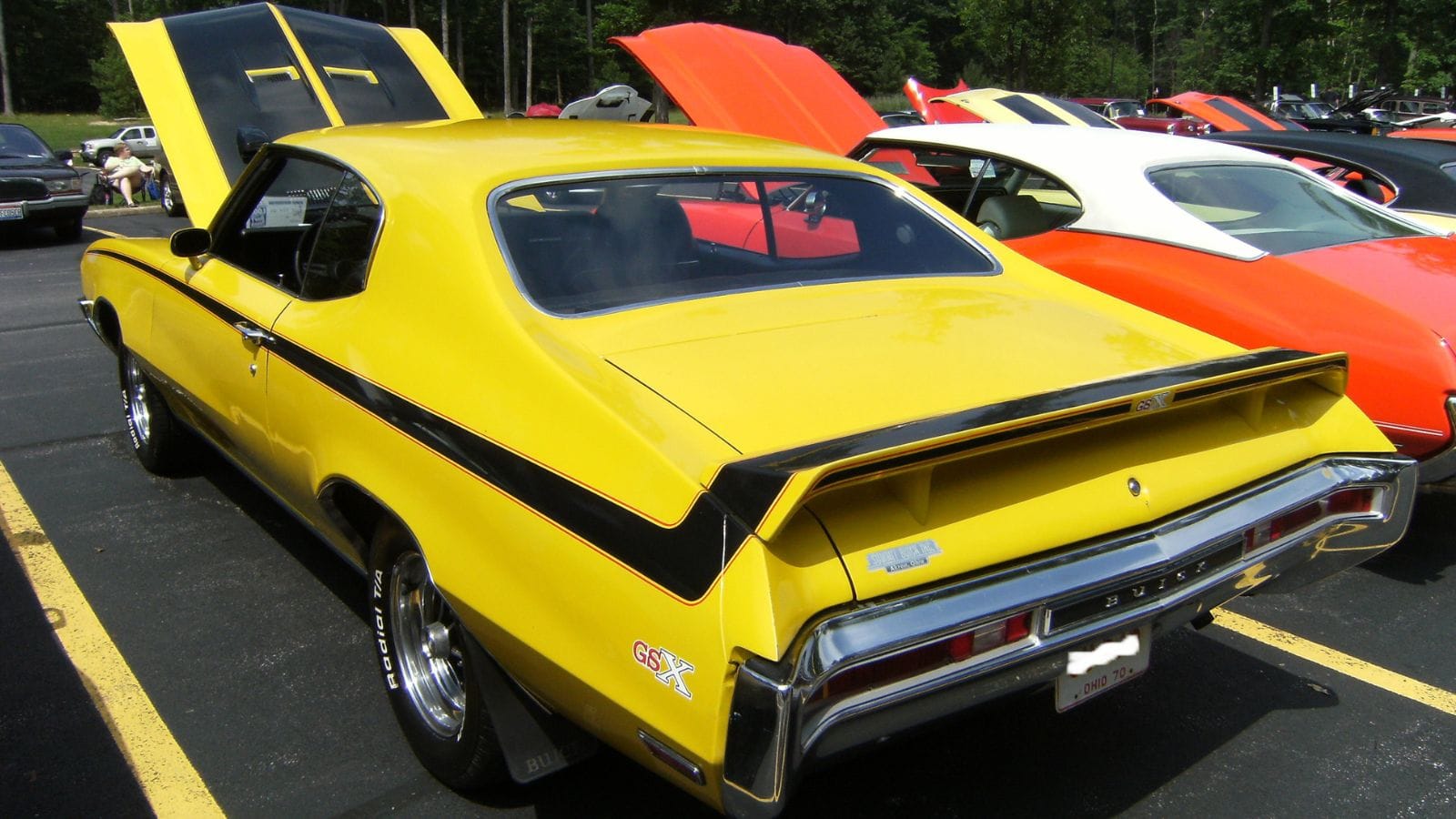
The Buick GSX Stage 1 was billed as a more refined muscle car, but under the hood lurked a monster. Its 455 V8 churned out 360 horsepower and a colossal 510 lb-ft of torque. That torque came in hard and fast, making wheelspin unavoidable if you weren’t careful. Even experienced drivers had trouble launching it cleanly. Compared to modern Buicks known for comfort, the GSX felt like a heavyweight boxer hiding in a tuxedo.
1970 Ford Torino Cobra 429 Super Cobra Jet

The Torino Cobra was Ford’s answer to the big-block wars, and the 429 SCJ was all about drag racing. With 375 horsepower and a reputation for punishing clutches and heavy gearboxes, it wasn’t a car for casual Sunday drivers. Its gearing begged you to hammer it down a quarter-mile strip, but in everyday driving it could be clunky and unforgiving. For anyone used to modern automatics or paddle shifters, this car would be a rude awakening in mechanical brutality.
1971 AMC Javelin AMX 401
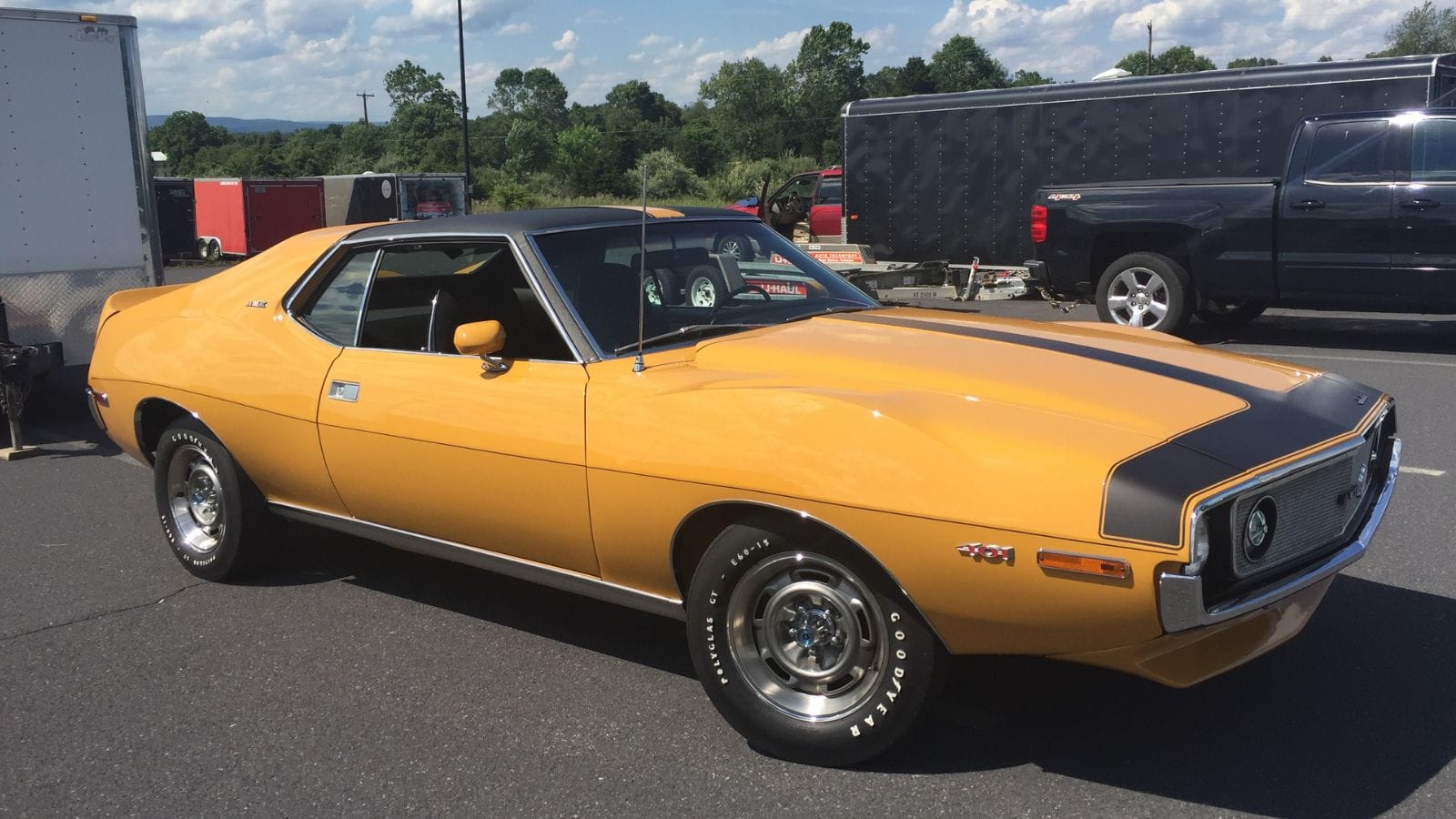
The AMC Javelin AMX with its 401 cubic-inch V8 was AMC’s shot at the muscle elite. While underrated in performance, it was twitchy at the limit and didn’t inspire the same confidence as its competitors. Its handling quirks and poor braking meant drivers had to be skilled just to keep it pointed straight. Modern drivers, spoiled by stability control and responsive steering, would likely find it more terrifying than fun.
1970 Oldsmobile 442 W-30

The Olds 442 W-30 packed a big-block 455 that pushed 370 horsepower and immense torque. But with most of that weight up front, it was notorious for understeer and body roll in corners. Brakes were mediocre, leaving drivers with a lot of car to manage and not much help to stop it. Compared to a modern sport sedan, the W-30 would feel agricultural. Only the bravest drivers could exploit its full potential without scaring themselves silly.
1973 Pontiac Firebird Trans Am Super Duty 455
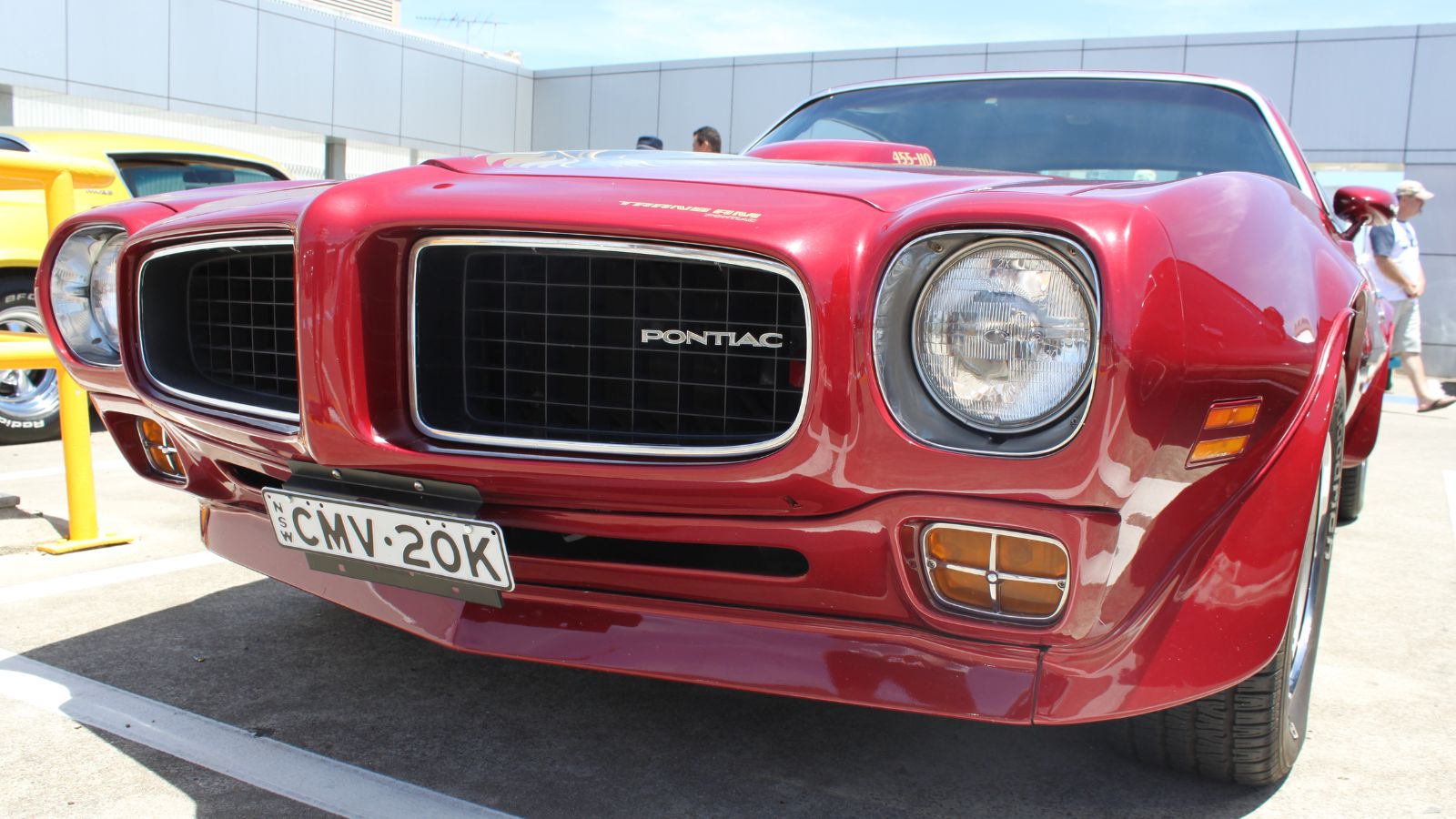
The Firebird Trans Am SD-455 was one of the last real muscle cars before emissions choked performance. Its 455 cubic-inch V8 was a torque machine that demanded respect. The car was stiff, noisy, and unforgiving on rough roads. Steering lacked the accuracy modern drivers expect, so controlling it at speed was more art than science. Anyone who thought it was just a flashy Pontiac soon realized it was a serious handful.
1970 Dodge Coronet Super Bee 440 Six Pack
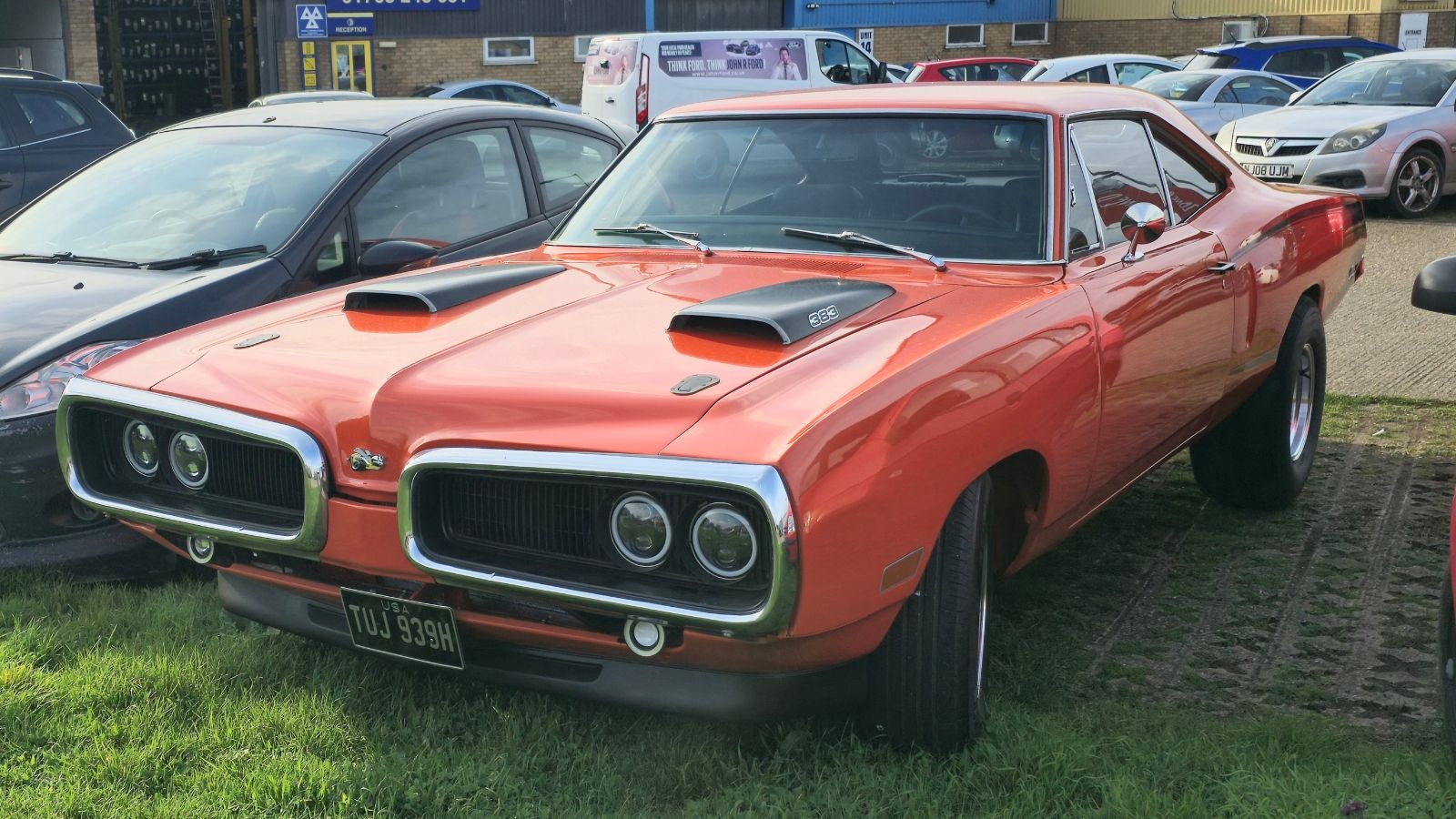
The Super Bee was Mopar’s no-nonsense street fighter. With the 440 Six Pack setup, it offered explosive acceleration but was temperamental to tune. Launching it hard usually meant wheelspin and smoke, not smooth forward motion. With vague steering and weak brakes, the car could quickly overwhelm an inexperienced driver. Today, it would feel more like a wild drag car than a street machine.
1971 Plymouth GTX 440
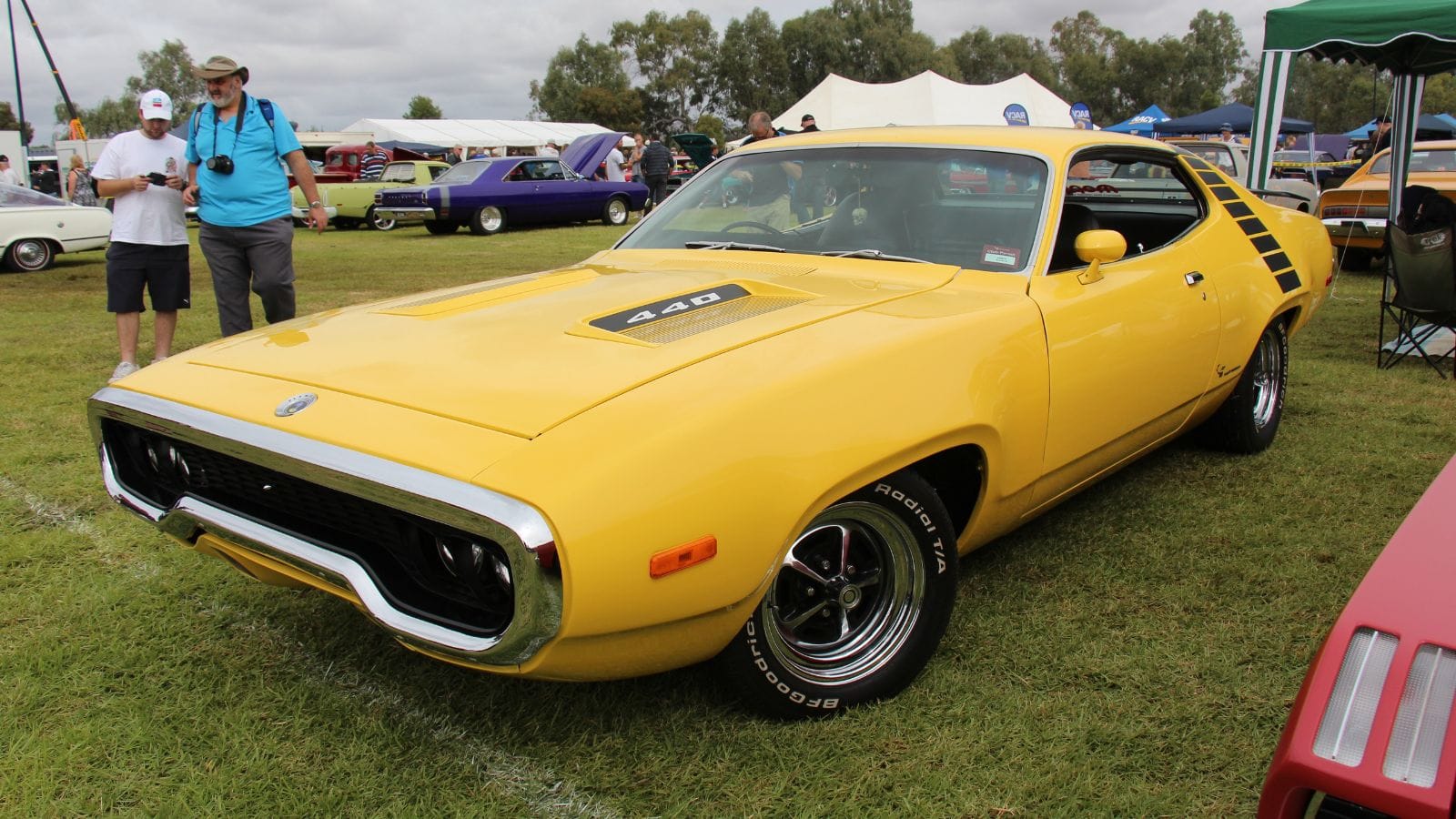
The GTX was marketed as a “gentleman’s muscle car,” but there was nothing gentle about its performance. Its 440 V8 could launch the big coupe down the strip, but soft suspension and sluggish brakes made it tough to control at speed. In modern traffic, with tighter roads and quicker cars around, the GTX would feel like trying to herd a bull through a shopping mall.
1972 Chevrolet Camaro Z28
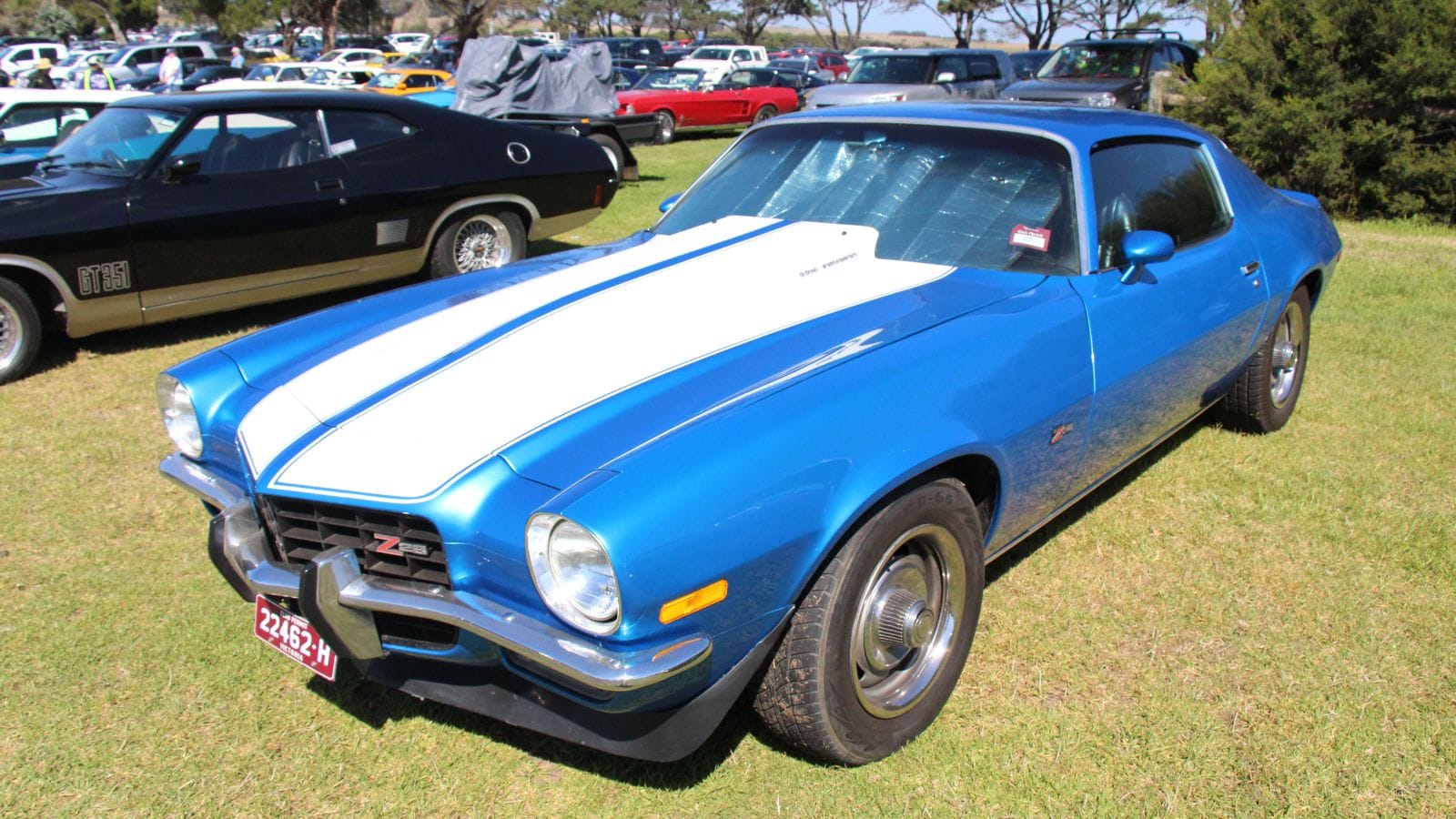
The Camaro Z28 was still a capable performer in 1972, but compared to modern Camaros it was crude. The small-block V8 delivered plenty of power, but brakes were barely adequate, and steering response was slow. Cornering required patience and muscle rather than precision. Anyone expecting the sharp, planted feel of a modern ZL1 would be humbled by how raw the 70s Z28 felt in real-world driving.
1971 Dodge Challenger R/T Hemi
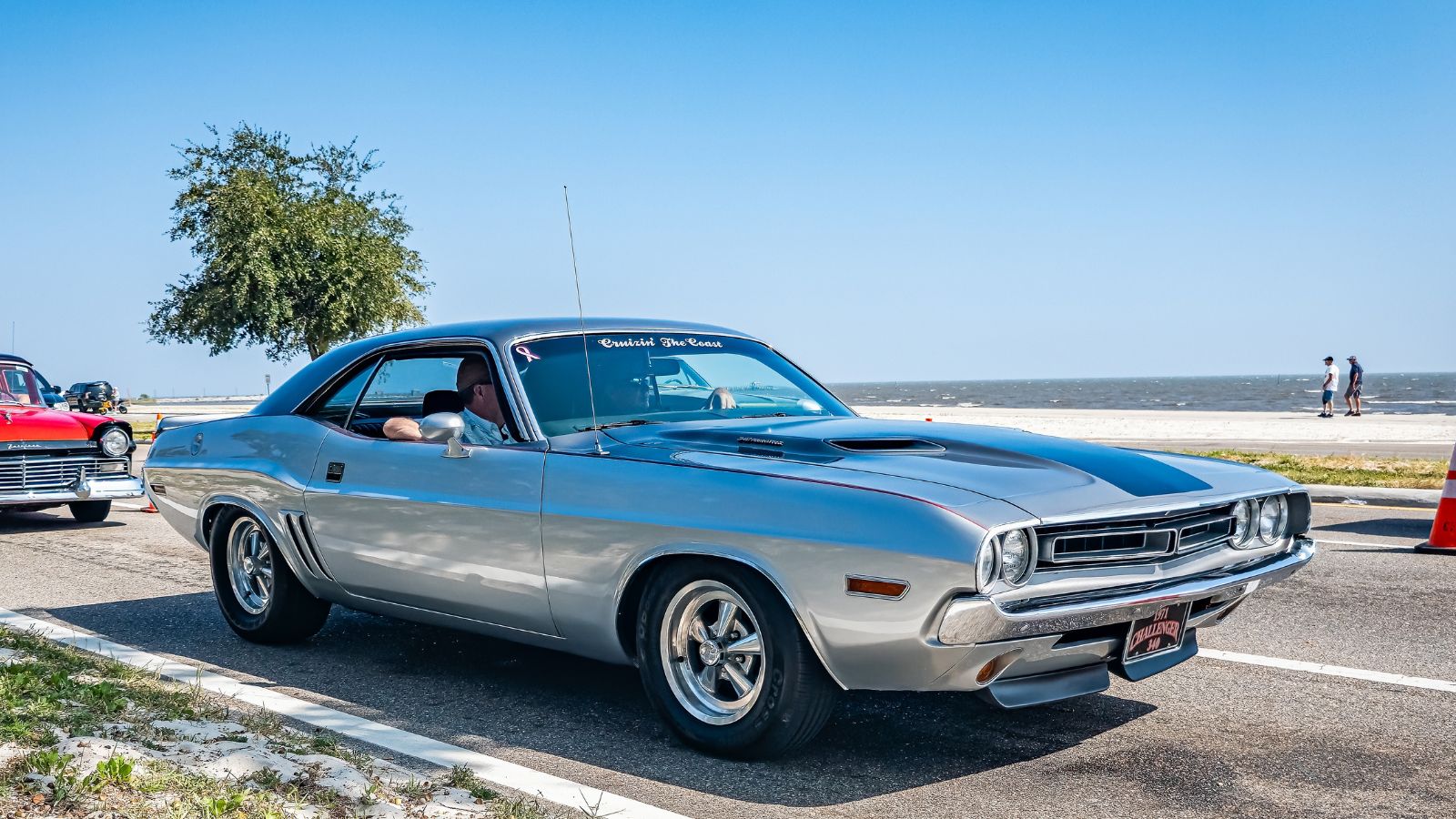
The Challenger R/T with the 426 Hemi was pure legend but not for the average driver. Its straight-line power was staggering, but sloppy handling and heavy weight made high-speed driving scary. Without traction aids, the car had a habit of breaking loose suddenly, leaving unprepared drivers in the weeds. Modern enthusiasts comparing it to today’s Challenger Hellcat would quickly realize how unpredictable the original really was.
1970 Pontiac GTO Judge

The GTO Judge was all show and plenty of go. With engines like the Ram Air III and IV, it was capable of ferocious performance. But with its raw power came the risk of disaster, as tires couldn’t keep up with the torque. It was a burnout king, but keeping it in a straight line required skill and concentration. Modern drivers, used to stability programs, would have their hands full after one hard launch.
1971 Chevrolet Monte Carlo SS 454

The Monte Carlo SS 454 looked classy but hid a monster under the hood. Its 454 big-block made it quick in a straight line, but the car’s size and weight meant cornering was an adventure. Steering was vague, brakes weak, and body roll dramatic. For anyone used to the balance of a modern performance coupe, the Monte Carlo would feel clumsy and intimidating.
25 Facts About Car Loans That Most Drivers Don’t Realize

Car loans are one of the most common ways people fund car purchases. Like any other kind of loan, car loans can have certain features that can be regarded as an advantage or a disadvantage to the borrower. Understanding all essential facts about car loans and how they work to ensure that you get the best deal for your financial situation is essential. Here are 25 shocking facts about car loans that most drivers don’t realize:
25 Facts About Car Loans That Most Drivers Don’t Realize
